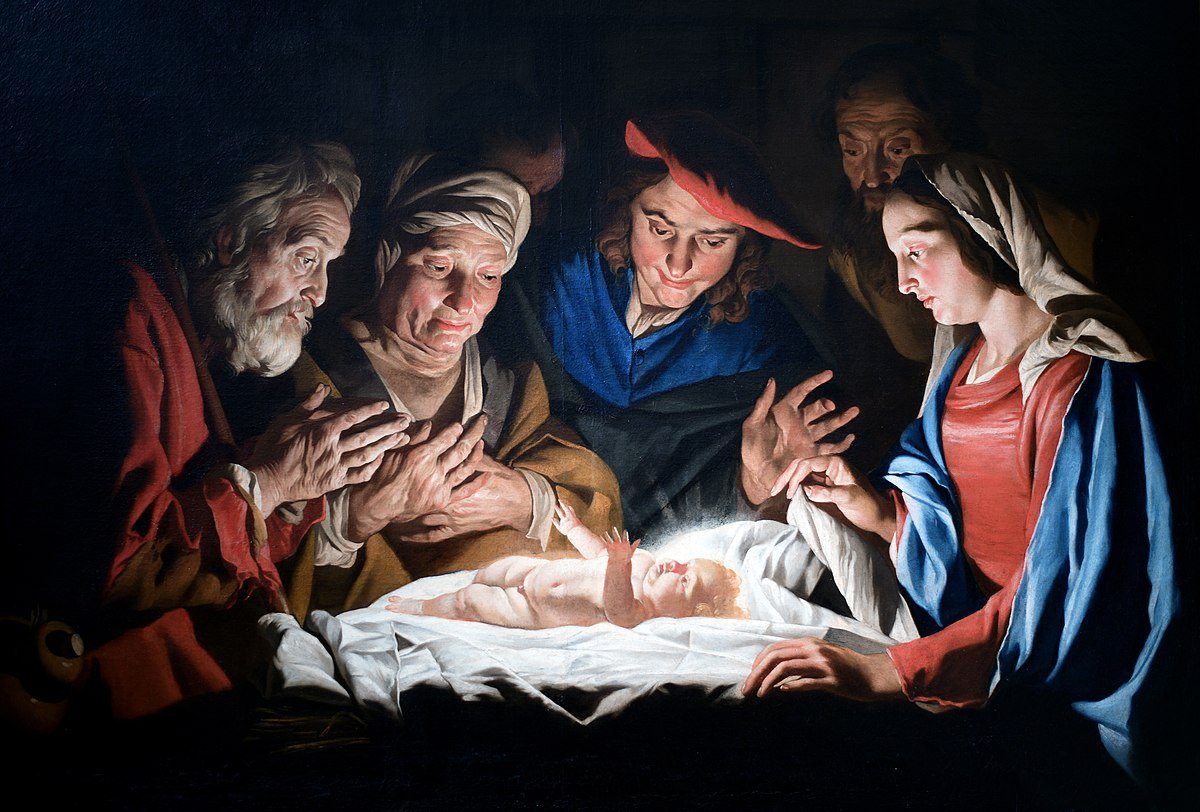What Is the Origin of Christmas?
Unwrapping the origins of Christmas, a journey through time and traditions
Christmas, a beloved holiday celebrated by billions around the world, is synonymous with festive decorations, joyful carols, and the spirit of giving. But have you ever wondered about the roots of this cherished occasion? Delving into the depths of history unveils a fascinating tapestry of traditions, beliefs, and cultural exchanges that have shaped the celebration of Christmas as we know it today.
Ancient pagan festivities
The origins of Christmas can be traced back to ancient pagan solstice celebrations. In pre-Christian Europe, winter solstice festivals marked the longest night of the year, symbolising the triumph of light over darkness. One notable festival was Saturnalia, observed by the Romans in honor of Saturn, the god of agriculture. Saturnalia, which lasted from December 17 to December 23, was characterised by feasting, gift-giving, and revelry—a precursor to many Christmas customs.
Christian adoption
The emergence of Christmas as a Christian holiday occurred during the early centuries of the Common Era. In the fourth century, Christian leaders sought to Christianise existing pagan celebrations by associating them with significant religious events. December 25 was chosen as the date to commemorate the birth of Jesus Christ, although the exact date of his birth remains a subject of debate among scholars. The decision to celebrate Christmas on December 25 coincided with pagan solstice festivities, making it easier for Christianity to gain acceptance among pagan populations.
Influence of winter festivities
As Christianity spread across Europe, it absorbed and adapted elements from various winter celebrations. Yule, a Germanic festival honoring the Norse god Odin, featured traditions such as the Yule log and evergreen decorations, which were later incorporated into Christmas customs. Similarly, the tradition of decorating evergreen trees can be traced back to ancient pagan rituals symbolizing life and renewal.
Medieval Christmas celebrations
During the Middle Ages, Christmas evolved into a multifaceted celebration blending religious observance with secular festivities. Medieval Christmas traditions included nativity plays, caroling, and elaborate feasts showcasing seasonal delicacies. The spirit of charity was also emphasised, with acts of kindness towards the less fortunate being a central aspect of the holiday.
Reformation and transformation
The Protestant Reformation in the 16th century brought about changes in the observance of Christmas. Some Protestant denominations, critical of perceived excesses and pagan influences, sought to simplify the holiday by focusing on biblical teachings and downplaying or abolishing certain customs. However, Christmas continued to be celebrated with fervor in many regions, with new traditions emerging over time.
Global expansion
The expansion of European colonial empires during the Age of Exploration facilitated the spread of Christmas to distant corners of the globe. As European settlers established colonies in the Americas, Africa, Asia, and Oceania, they brought with them their religious beliefs and cultural practices, including the celebration of Christmas. Over the centuries, Christmas became intertwined with local customs and traditions, resulting in a rich tapestry of diverse celebrations worldwide.
Modern-day observance
In the modern era, Christmas has transcended its religious origins to become a global cultural phenomenon celebrated by people of various faiths and backgrounds. While the religious significance of Christmas remains important to many, the holiday has also become a time for family gatherings, festive decorations, exchanging gifts, and spreading goodwill.
The origin of Christmas is a testament to the enduring power of cultural exchange and adaptation. From ancient pagan festivities to Christian observance and global dissemination, the celebration of Christmas has evolved over millennia, reflecting the beliefs, values, and traditions of diverse societies. As we gather with loved ones to celebrate this joyous occasion, let us remember the rich tapestry of history that has woven together the fabric of Christmas tradition.


